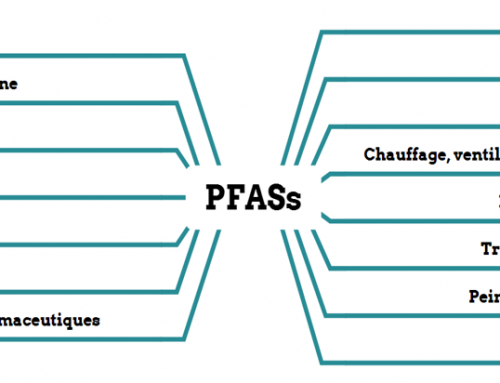
Soon two centuries after the first prototypes, a boom is finally possible for fuel cells. The essential energy transition is a fertile ground for the development of this clean and silent technology. Challenges remain, but manufacturers such as Safran, Faurecia and Airbus are already investing to maximize the potential of this technology, with commercial solutions expected in the early 2020s.
The first laboratory achievements of fuel cells date back to 1839 and are attributed to British chemist William Grove, who used sulfuric acid as an electrolyte. However, it took nearly 100 years for another British, Francis T. Bacon, to restart work on this subject and in 1935 carries out the first hydrogen / oxygen cell in a potassic medium. He will continue his research and develop in 1953 and 1959 some prototypes of fuel cells which were adopted by the NASA for the inconclusive mission Apollo XIII.1
Research and development around fuel cells then stagnated for several decades, with barely a few bursts in response to changes in the price of oil. It was only in the 2000s and the peaks never reached by the barrel of oil that fuel cells experienced a renewed interest.
The need for the energy transition is increasingly perceived as essential by both civil society and companies. This can be seen in the renewable energy market, which is growing (almost) everywhere in the world. In France, their share in gross final electricity consumption was 9.3% in 2006 compared with 16% today. And in the framework of the law related to the energy transition, the government declared its aim to reach 32% by 2030. Using dihydrogen and dioxygen to reject only water, fuel cells are a clean technology registering fully in this process. The main obstacles to their large-scale use are industrialization, often reducing their performances, and the need for catalysts such as Platinum, a rare and very expensive metal.2
Already used in the aerospace industry, the advances made over the last few years are removing more and more barriers that hitherto prevented their use in other industries such as aeronautics. Reliable, ecological and with power and compactness growing, the fuel cell is attracting the interest of aircraft manufacturers. Safran Power Unit has invested more than 50 million euros for the development of a battery as a source of non-propulsive energy (starting engines, flight controls, lighting, etc.) to replace current systems operating mainly with kerosene. First commercial solutions are expected for 2020.3
The interest of fuel cells also gives rise to a keen interest in the automotive industry, in particular as a supplement to batteries for electric vehicles. Companies like Pepsi and DHL have already used fuel cell powered vehicles. The autonomous electrolysis stations needed for recharging are still lacking, but these infrastructures could be deployed quickly. The Japan H2 Mobility consortium (11 companies including Nissan, Toyota, Honda but also Air Liquide) announced at the time of its creation in 2018 its desire to build 80 hydrogen stations by March 2022, in addition to the hundred stations already installed in Japan.4 States are also mobilizing : Japan but also South-Korea, Germany and California have committed to developing more than a thousand hydrogen charging stations each by 2023.5 By 2030, experts estimate that more than 2 million new vehicles will use fuel cell technology. Faurecia has announced in 2018 to devote approximately 15 million euros per year in R&D to optimize the potential of this technology for the automotive.6
In many industries, more and more ambitious projects are multiplying, like the construction in Guyana of the world’s first solar and hydrogen power station, scheduled for autumn 2020. With a capacity of 50GWh per year, it will be connected to the EDF grid and will use a 3MW fuel cell in combination with other technologies (Lithium batteries for instance). The project’s stakeholders want to take advantage of this plant to develop the market for high-capacity fuel cells (greater than 1MW).
The technical challenges remain numerous: reducing the consumption of catalysts, increasing power, compactness, etc., but after having been set aside for decades, everything suggests that the energy transition would be the accelerator fuel cells needed to finally take flight.
1 http://www.societechimiquedefrance.fr/piles-a-combustible.html
2 https://www.usinenouvelle.com/editorial/la-pile-a-combustible-s-ameliore.N818230
3 https://www.safran-group.com/fr/media/la-pile-combustible-de-lenergie-verte-bord-des-avions-20170405
7 https://www.usinenouvelle.com/article/comment-la-guyane-va-s-eclairer-a-l-hydrogene-vert.N740189






